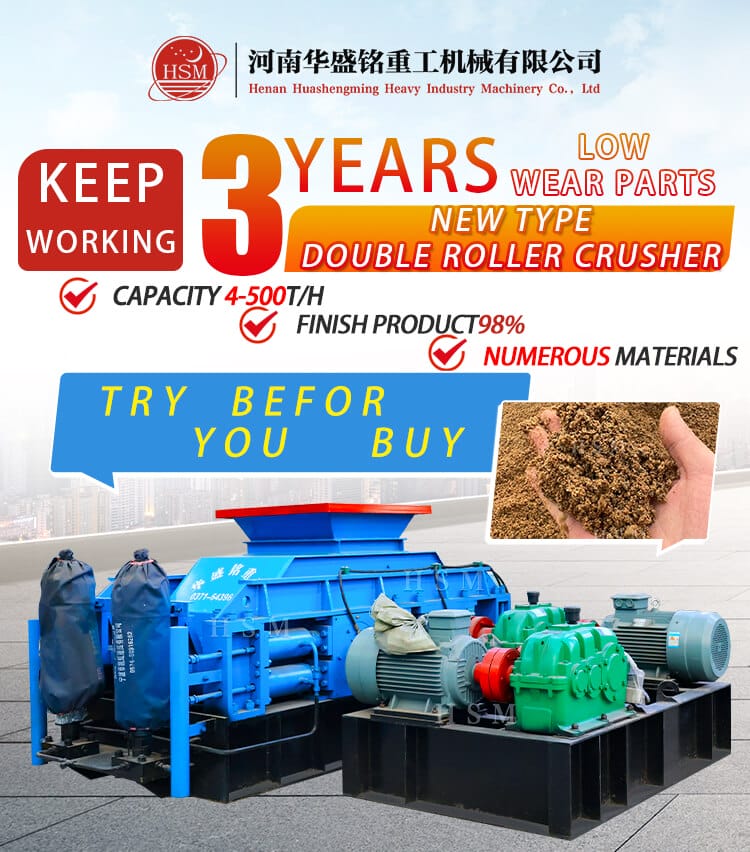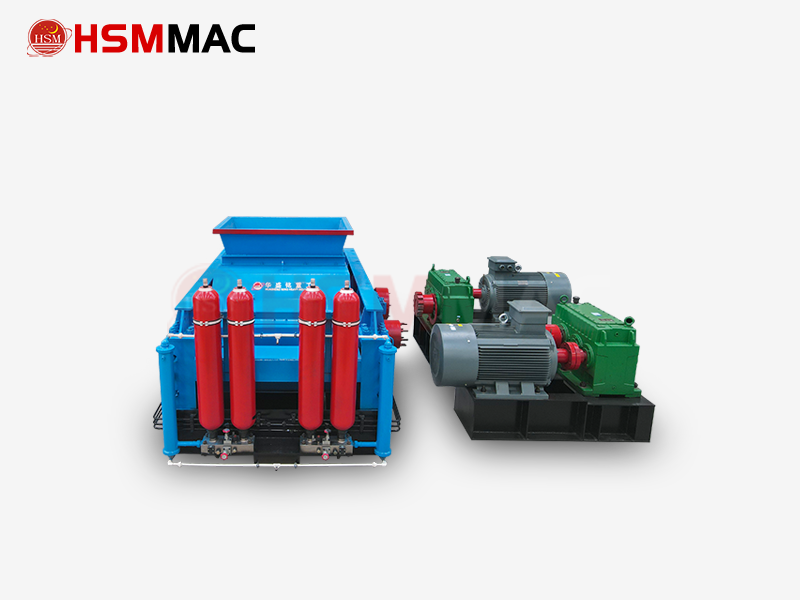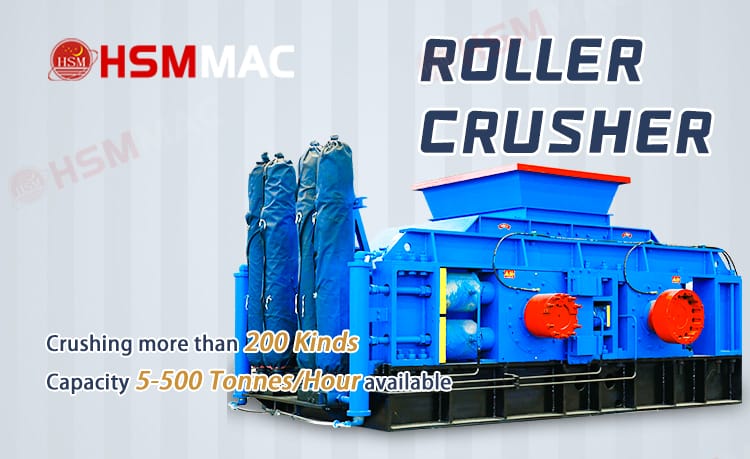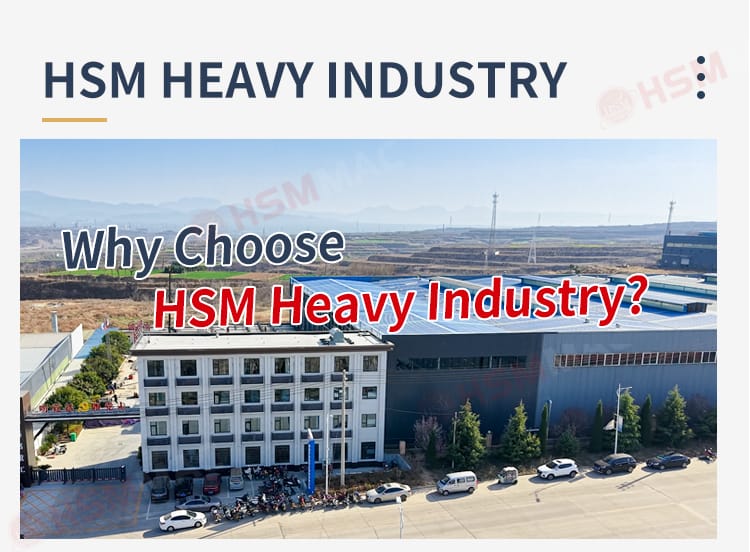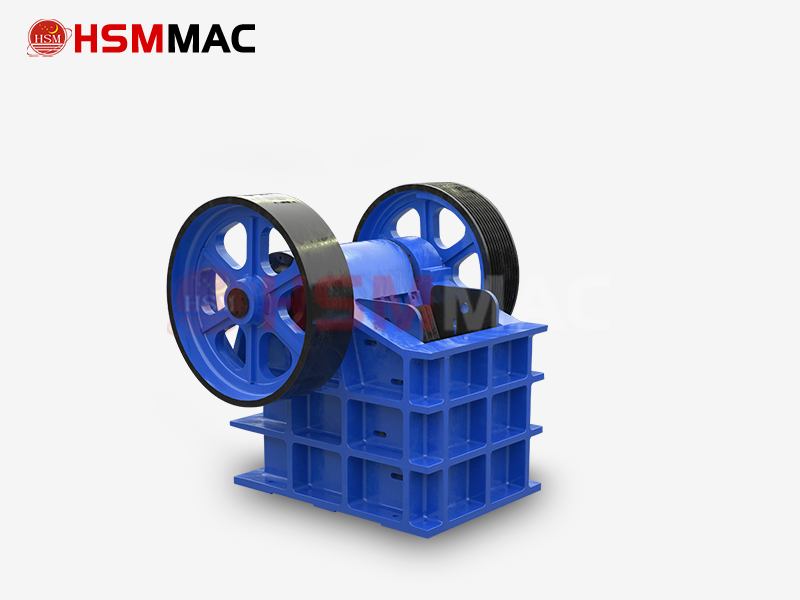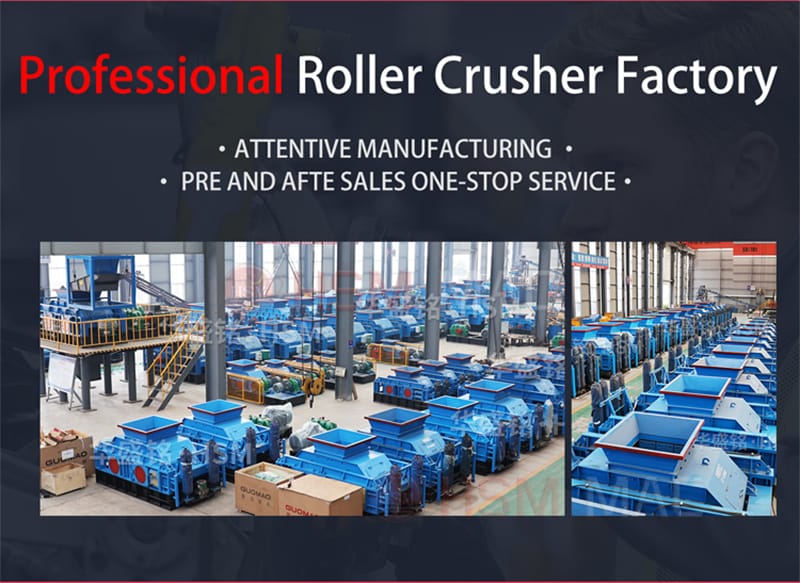Jaw Crusher The alligator crusher (also known as jaw crusher or jaw breaker) is a widely used coarse and medium crushing equipment in industries such as mining, construction materials, and metallurgy. It crushes materials through the periodic squeezing motion of the movable jaw plate and fixed jaw plate. The following are its core features and technical analysis:

1. Core Components
Jaw Plate System: Consisting of a fixed jaw plate (fixed jaw) and a movable jaw plate (moving jaw), forming a crushing chamber that is wider at the top and narrower at the bottom.
Drive Mechanism: The motor drives the moving jaw to reciprocate through an eccentric shaft, connecting rod, and elbow plate, achieving compression crushing.
Adjustment and Protection: The discharge opening size is adjusted by a spring or hydraulic system (typically 20–200 mm). In case of overload due to hard objects, the system automatically retreats to protect the equipment.
2.Crushing Mechanism
Compression and Splitting: Material is crushed between two jaw plates through periodic compression, bending, and splitting, with the finished product discharged from the bottom.
Motion Types:
Simple Pendulum Type: The moving jaw swings left and right, suitable for coarse crushing of hard materials (large machines).
Compound Pendulum Type: The moving jaw performs composite motion, achieving high crushing efficiency (suitable for medium and small-sized machines, with a 20–30% increase in production rate).
2. Performance and Technical Features
1. Crushing Capacity
Applicable Materials: Minerals and rocks with compressive strength ≤320MPa (such as granite, limestone, and coke).
Particle Size Range: Feed particle size 125–1020mm, discharge particle size adjustable to 3–40mm, crushing ratio up to 5–8.
Processing Capacity:
| Model | Maximum feed size (mm) | Processing capacity (t/h) | Motor Power(kW) |
|---|---|---|---|
| PE-250×400 | 210 | 3–13 | 15 |
| PE-600×900 | 500 | 30–85 | 55–75 |
| PE-1200×1500 | 1020 | 250–500 | 160 |
2. Core Advantages
High Efficiency and Energy Saving: Single machine energy savings of 15–30%, deep cavity design with no dead zones improves feeding capacity.
Low Maintenance Costs: Simple structure, reliable lubrication system, jaw plates made of high-manganese steel/chromium alloy (wear resistance increased by 50%).
Adaptability: Suitable for wet materials (moisture content ≤8%), strong iron protection capability, and cubic-shaped output (low needle and flake content).
3. Application Scenarios and Selection Recommendations
1. Applicable Fields
Coarse crushing operations: crushing of raw ore in mines (e.g., metal ores, limestone) and processing of construction waste.
Medium and fine crushing requirements: road aggregate shaping, cement raw material pre-crushing (requires a fine crusher model).
Special scenarios: hydropower project aggregate preparation, metallurgy industry micro-carbon chromium iron crushing (high-strength model).
2. Selection Guidelines
Large-scale production lines: Select simple swing type (e.g., PE-1200×1500) for processing large hard rock blocks.
Medium and small-scale operations: Select compound swing type (e.g., PE-600×900) for a balance of efficiency and cost.
High wear resistance requirements: Models with welded roll surfaces or hydraulic couplers (e.g., for steel slag processing).
4. Operation and Maintenance Guidelines
1. Installation Specifications
The foundation must be reinforced with concrete, and the discharge chute should be designed with a slope to prevent blockages.
When adjusting the discharge opening, the machine must be shut down (using shims or wedge devices).
2. Operational Monitoring
Ensure uniform feeding to prevent cavity blockages, and maintain bearing temperatures below 70°C.
Regularly inspect the wear of the jaw plates and replace them promptly to avoid uneven particle sizes.
Summary
The jaw crusher is the preferred choice for primary crushing due to its simple structure, high crushing ratio, and low operating costs, particularly suitable for coarse crushing of medium-hard materials. Its limitations include susceptibility to blockages when processing sticky materials, and the need for secondary equipment (such as a cone crusher) for fine crushing. New hydraulic adjustment and wear-resistant material technologies have further enhanced its reliability and energy efficiency. When selecting a model, consider material hardness, particle size requirements, and production capacity to match the appropriate model, and strengthen iron removal and lubrication management to extend service life.










